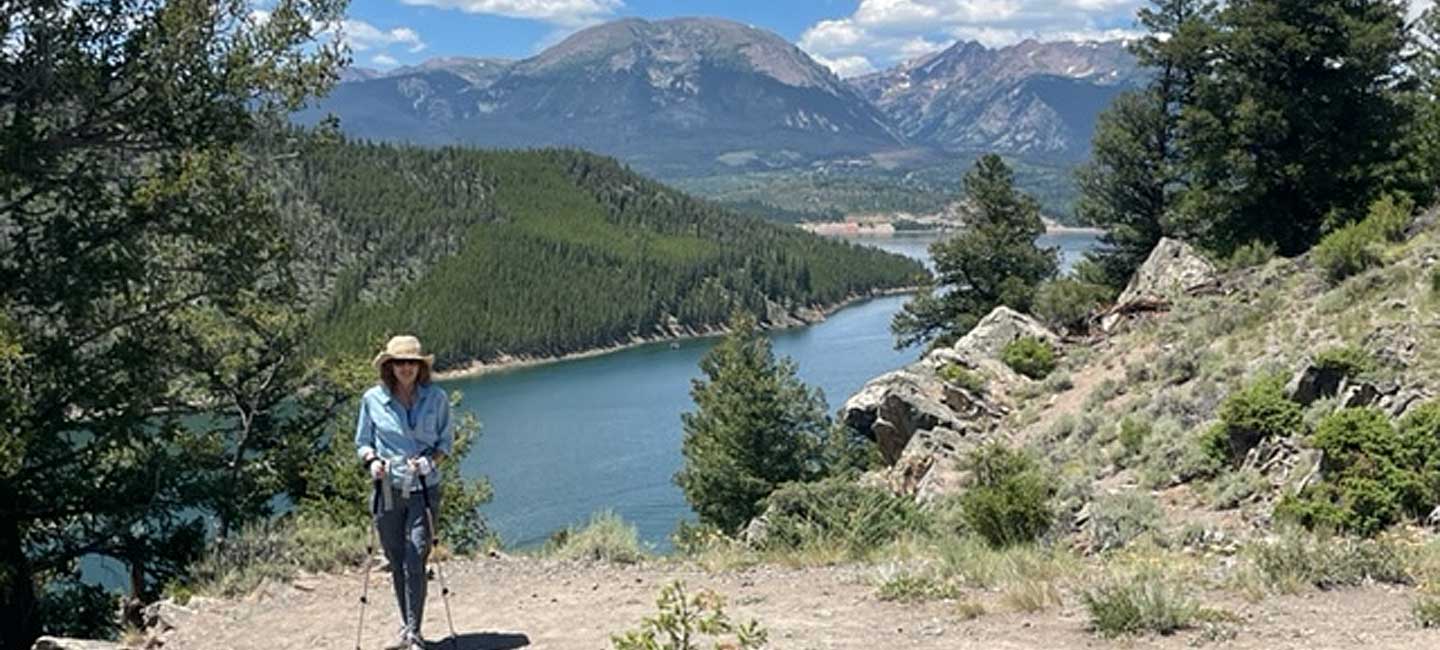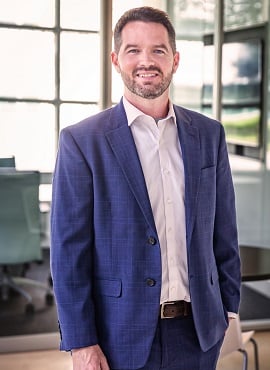Moffitt Patient Is Living Proof That Lung Screenings Save Lives
Owning and working on a blueberry farm for 15 years, Maryann Stein found herself around chemicals on a regular basis. That included herbicides, pesticides and ammonia.
Part of Stein’s farm included a house where some of her employees lived. One winter day in 2010 when the blueberry bushes were dormant, Stein came upon another concerning exposure.
“We were working on the house and I cut up this floor with a circular saw to put in a piece of plywood,” Stein said. “Somebody walked in the next day and said, ‘Don’t touch that stuff, that’s asbestos.’”
Stein knew that one contact wasn’t likely to harm her, but that one instance still hung around in the back of her mind. Nearly a decade later she told her husband, Doug, of her concerns. She knew she wanted to speak with a doctor. Maryann suggested a chest X-ray. Doug, a urologist, recommended a low-dose CT scan instead.
Only 5.7% of eligible Americans were screened for lung cancer prior to the COVID-19 pandemic. According to the 2022 State of Lung Cancer Report from the American Lung Association, Florida ranks 41st in the United States for lung screening with only 3% of Floridians getting screened.
An initial look at Stein’s lungs showed ground-glass opacity. It occurs when something like abnormal cells are partially blocking the air spaces in the lungs. This opacity didn’t cause concern. Her doctor recommended routine observation.
Two years later, another scan. This time the density had increased. Further testing revealed the cause: adenocarcinoma.
Adenocarcinoma is the most common type of lung cancer, making up about 30% of all cases.
Stein is in a lucky group. Only about 1 in 4 people with non-small cell lung cancer find it early, meaning the cancer is contained in the lung. Her treatment involved surgery to remove the part of her lung where the small tumor was living. Doctors didn’t see a need for radiation or chemotherapy treatments with such an early stage cancer.
“She’s very fortunate that we found this early,” said Dr. Lary Robinson, a lung cancer surgeon at Moffitt Cancer Center. “If we had found this a year or two later, she’d be in a lot more trouble.”
Stein is among a unique group of patients with lung cancer. She doesn’t smoke. According to a study published in JAMA Oncology, more than 84% of women and 90% of men with a new diagnosis of lung cancer either smoke or used to smoke. That study looked at patients from 2011 to 2016.
Robinson says the number of never smokers who get lung cancer is increasing, especially in women. He believes the number of women with lung cancer who are never smokers is now closer to 25%.
“I was lucky that I had been following it and caught it early,” Stein said. “I had no other reason to check except that I’d had that exposure and it worried me.”
Her surgery has not stopped her from living life to the fullest. Just three weeks after her procedure, she hiked the Rocky Mountains
Stein will have follow-up scans every six months for the next two years. Then she’ll go in yearly to make sure that her cancer does not return. If it does, she knows that her doctors will again be able to catch it early.
“It was the best thing that could have happened,” Stein said. “It had forced me to use my lungs. I just started out slow but by the end I could pretty much keep up with everybody.”



